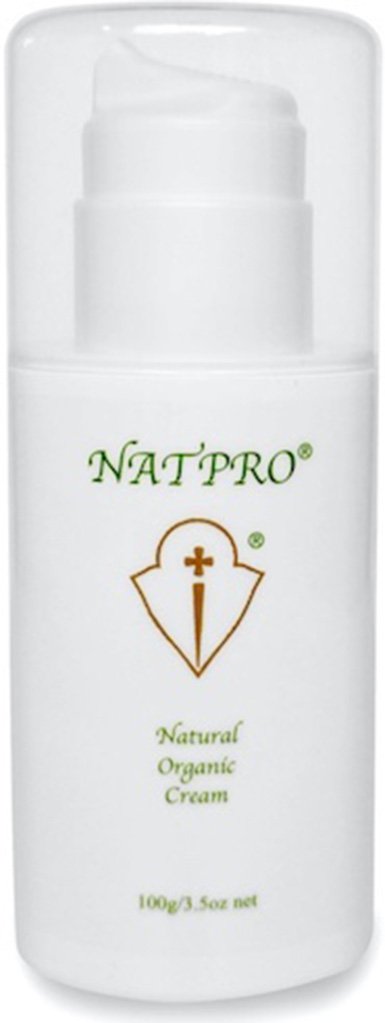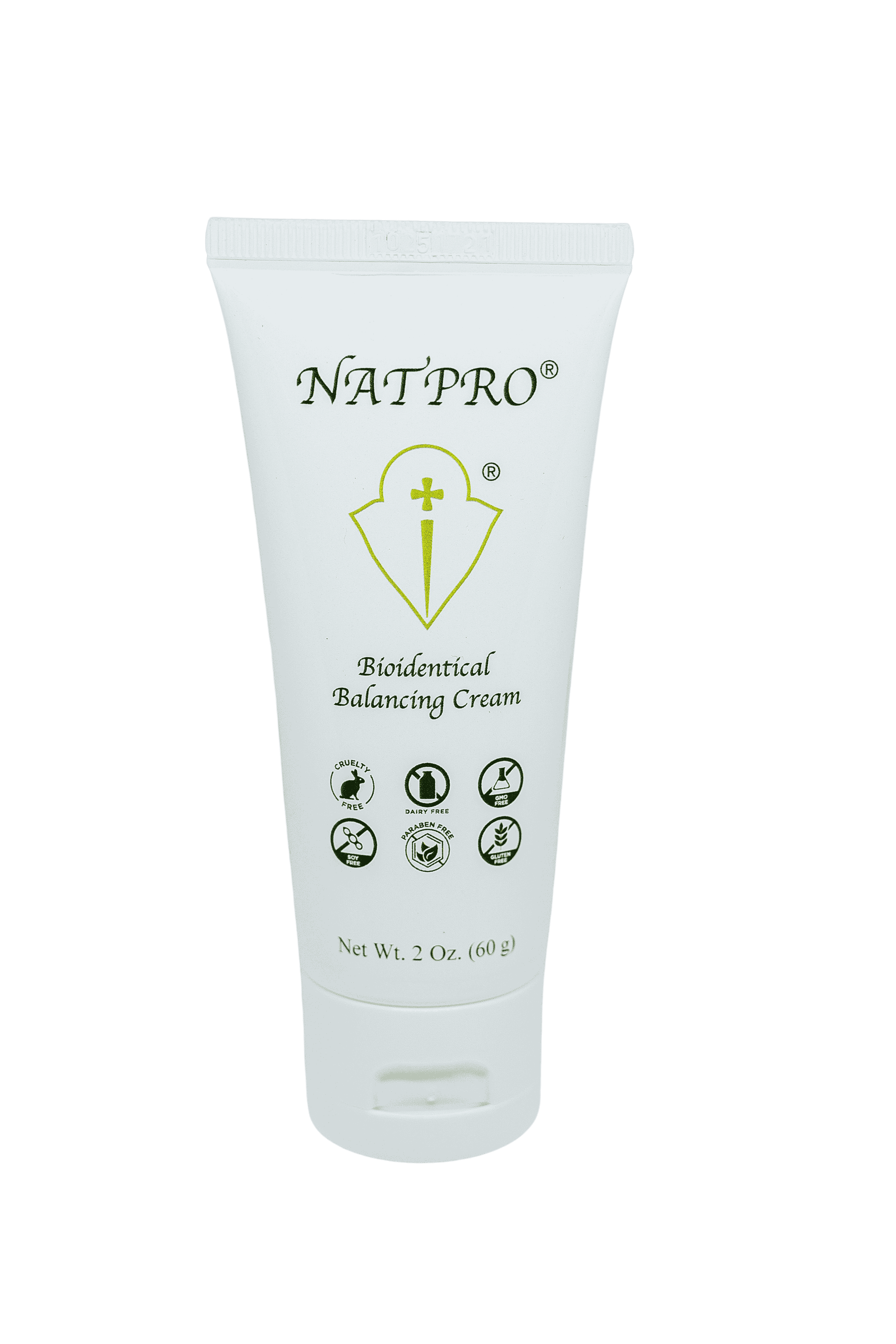Menstruation cycle
The menstruation cycle occurs regularly in mammals. The term 'overt' is used when bleeding occurs, this is found in humans and close relatives like chimpanzees. 'Covert' is used when bleeding does not occur, as the lining has been absorbed back into the body. This is found in other mammals, and is known as an oestrus cycle. Even in humans much of the lining is reabsorbed.
Menstruation starts about two years after puberty begins and is known as menarche. It stops at menopause, the average age of this is fifty one.
But the age of menarche is falling. In Europe the average age was seventeen prior to 1830. But by 1960 it had dropped to thirteen.
In the USA by the year 2000 the average age for the start of the menstruation cycle stood at about 12.6 years for white girls, 12.1 for African American girls and 12.2 for Mexican American girls.
The dramatic downward shift occurred as the Industrial Revolution began. Pollution from coal fires was at it's height, poverty and child labour too. Many reason this was the cause. But pollution blocks the sun, and working long hours in dark factories, particularly in winter, no sun was seen.
The age of menarche shows an inverse relationship to latitude. The higher north above the equator, the earlier the age. A 2011 study has found a lack of vitamin D, which is obtained from the sun, lowers the age of commencement of the menstruation cycle. This explains why darker skinned girls living in northern latitudes have an earlier start. And why the dramatic drop began during the Industrial Revolution.
Although pollution from coal fires has reduced considerably, the age of menarche is not increasing back to former levels. People in industrialised nations now spend up to 90% of their time indoors, where little sun reaches.
Endocrine disrupting chemicals (EDC's), or oestrogen mimics, are undoubtedly to blame too. Ubiquitous the world over, foetuses and infants have the greatest exposure. All to often baby's bottles, mugs, teething rings and toys are made of plastic containing EDC's such as BPA (bisphenol A) and the phthalates. Food is heated in plastic containers, or in saucepans and frying pans coated in PCB's (polychlorinated biphenyls) and PFC's (perfluorocarbons).
The earlier the age of commencement of the menstruation cycle, the longer the exposure to oestrogen in a lifetime. Therefore the greater the risk for cardiometabolic disorders and cancer. Some children are now starting sexual development at age eight, some as young as two.
It's normal for a menstruation cycle or 'period', as it's often called, to start with a small amount of blood, increasing slightly to heavily, and then tapering off.
Eumenorrhea is the term used for normal menstruation which lasts approximately 3 to 5 days, although it can range from 2 to 7 days. The blood lost during this time varies from 10 to 80ml, the average being about 35ml.
Dysmenorrhea is the term used for painful menstruation, caused by contractions of the uterus as it expels the lining. The contractions are caused by prostaglandins, these same prostaglandins cause uterine cramps during childbirth.
Amenorrhoea is the absence of the menstruation cycle.
Hypomenorrhea means very little blood is lost, ie below 10ml.
Oligomenorrhoea means infrequent periods occurring at intervals of greater than 35 days. The normal cycle length is between 21 to 35 days, making 28 days the average. But in some women the cycle length can vary from only 1 to 8 periods a year. Oligomenorrhoea is often found in PCOS.
Metrorrhagia or abnormal bleeding occurs particularly during Peri-menopause, where the normal cycle length becomes disrupted. It's typically associated with anovulation (lack of ovulation). In the last few months before menopause bleeding can be excessive leading to menorrhagia.
Menorrhagia or hypermenorrhea is excessive blood flow and for a prolonged time. Often there is little distinction between one period and the next. It's caused by hormonal imbalances, and exacerbated by Fibroids, Cancer, PCOS and adenomyosis amongst others.
During the follicular or first phase of the monthly menstruation cycle the lining of the uterus builds up under the influence of oestrogen. It's known as a proliferative lining. Oestrogen is the dominant hormone as progesterone levels are always very low.
During the second or luteal phase of the cycle, the lining stops growing and becomes secretory under the influence of progesterone. Progesterone is normally the dominant hormone. But there are many women who experience low levels of progesterone during the luteal phase, the cause of much misery.
Anovulation (lack of ovulation) or a defective luteal phase are the reasons. In a normal menstruation cycle, i.e. 21 to 35 days, irrespective of the cycle length, ovulation always occurs 12-14 days before bleeding. In other words the luteal phase begins at ovulation and lasts until bleeding occurs.
In a defective luteal phase, bleeding occurs before the 12-14 days is up. Spotting for a number of days before full bleeding can occur too. Or the corpus luteum makes insufficient progesterone.
Oestrogen is a mitogen, it stimulates cells to divide and proliferate. Progesterone stops mitosis and causes differentiation.
Oestrogen is vital during puberty when it causes breasts and hips to develop. It also stimulates fat cells to develop, which causes the thicker fatty layer women have compared to men. Fat cells are also a non-ovarian source of oestrogen.
It's vital once a month when it stimulates an egg/eggs to grow and mature. Vital too in stimulating the endometrium each month to grow and thicken ready for a possible fertilised egg.
But in excess it stimulates endometrial cells to continue growing, and without sufficient progesterone to suppress the oestrogen, they will continue growing.
A balance is always needed. But without a check, the excitatory hormones like oestrogen would continue stimulating.
Matrix metalloproteinases (MMPs) are enzymes that break down protein. They play a role in the breakdown of endometrial tissues at the end of the menstrual cycle.
If they are over active, as would be the case with excess oestrogen in the body, as oestrogen stimulates their production, the result is a pathological reaction. A high level of MMPs can lead to inflammation and excessive bleeding in the uterus.
If a low level of progesterone is present, and a high level of oestrogen, the lining will continue to grow. With a high level of MMPs the lining will also continue to break down.
Progesterone suppresses both MMPs and oestrogen.
Although essential for remodelling of tissue, the MMP's are implicated in many inflammatory diseases. Oestrogen is also high in these diseases, in fact many autoimmune diseases have a high level of oestrogen and MMP's. Please see this page for more info on Inflammation.
Alcohol can induce irregularities in the menstruation cycle. These range from anovulation, luteal-phase dysfunction, recurrent amenorrhea, early menopause, and an increase risk of spontaneous abortions and breast cancer.
Women drinking alcohol plus using Contraceptives causes the level of oestradiol to increase, and progesterone levels to decrease. Among those not using contraceptives, but drinking alcohol, the level of progesterone decreases. In either case the ratio of the two hormones becomes unbalanced.
Alcohol also increases testosterone levels, which can lead to hyperandrogenism. Plus excess testosterone reduces progesterone levels. Alcohol is a carbohydrate, all sugars cause sex hormone binding globulin to decrease. Fructose, sucrose and glucose decrease SHBG by 80, 50 and 40% respectively. A low level of SHBG allows free testosterone to rise, and to a lesser extent, oestrogen.
Progesterone increases SHBG levels, which reduces free testosterone. Women with low SHBG and high free testosterone can suffer from severe PMS.
Stress also disrupts the ovarian cycle, cysts may develop, which prevent secretion of progesterone. As progesterone is vital to the functioning of a normal cycle, it's essential stress is reduced. Ironically progesterone itself is very calming, due to it's action on the GABA receptor sites. GABA is one of the most calming neurotransmitters. For more information on reducing stress, see the web page on Anxiety.
Progesterone also inhibits the release of the stress hormones adrenaline and noradrenaline. This lessens the stress response.
Menorrhagia
It is essential to use a high amount of progesterone if menorrhagia or excessive, continual bleeding is a problem.
Between 400-600mg/day is normally needed. If the bleeding is continual, use it both daily and hourly. Using it hourly keeps the level high throughout the day.
If there is a menstruation cycle, its best to ignore it and use the progesterone daily, hourly too, until the bleeding is under control. The progesterone can be used to regulate the cycle once bleeding has stopped. For more info on this please see How to use progesterone cream.
Before using progesterone it's essential to read the page on Oestrogen Dominance first.
If the heavy bleeding occurs during Peri-menopause, the progesterone will stop it, but will not regulate the cycle again.
Women are often given progestins to stop the bleeding, but these suppress progesterone production and come with adverse side effects, please see the page on Contraceptives.
The amino acid N-acetyl cysteine is a powerful antioxidant, which can help control the bleeding as it inhibits MMP's. Consider taking 2000mg/day.
Vitamin D is essential for the normal functioning of all cells, and to prevent early commencement of the menstruation cycle. Have a blood test done to check the level. For more information please see.
Please note vitamin D specialists recommend a minimum of 50ng/ml (125nmol). The less conservative a range of 70-100ng/ml (175-250nmo/L), and not 30ng/ml (75nmol/L), which is regarded as adequate by various governments. The minimum daily dose should be 5000iu's per day. Although the latest research suggests 10,000 per day, see here.
A 2009 study on Traumatic Brain Injury, found a lack of vitamin D reduced the benefits of progesterone.
Taurine is another powerful antioxidant. Low levels have been found in women with endometrial cancer, cystic endometrial hyperplasia, fibromyoma (fibroids), and dysfunctional uterine bleeding. Consider taking 2000mg/day.
Bioflavonoids have been found to strengthen capillaries. They appear to be weakened in heavy and/or continual bleeding or spotting. The preparation that was used in the study comprised 90% diosmin and 10% hesperidin. Consider taking 1000mg/day.
Reference websites for menstruation cycle...
The American College of Obstetricians and Gynecologists

